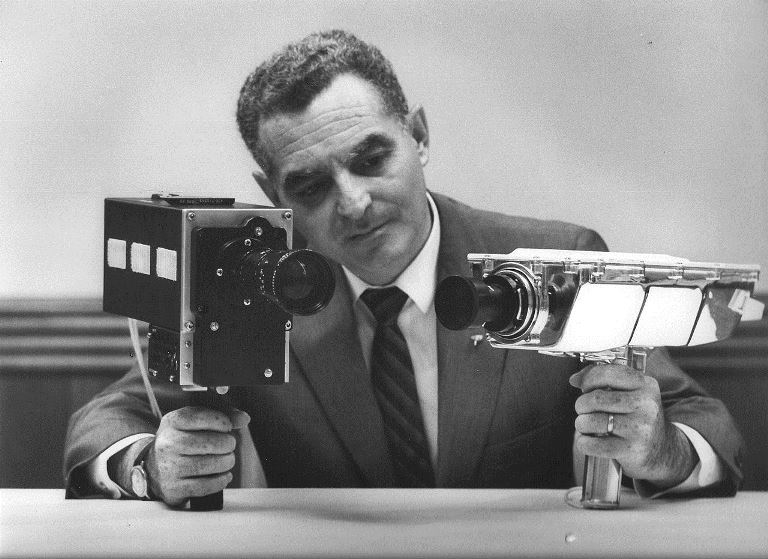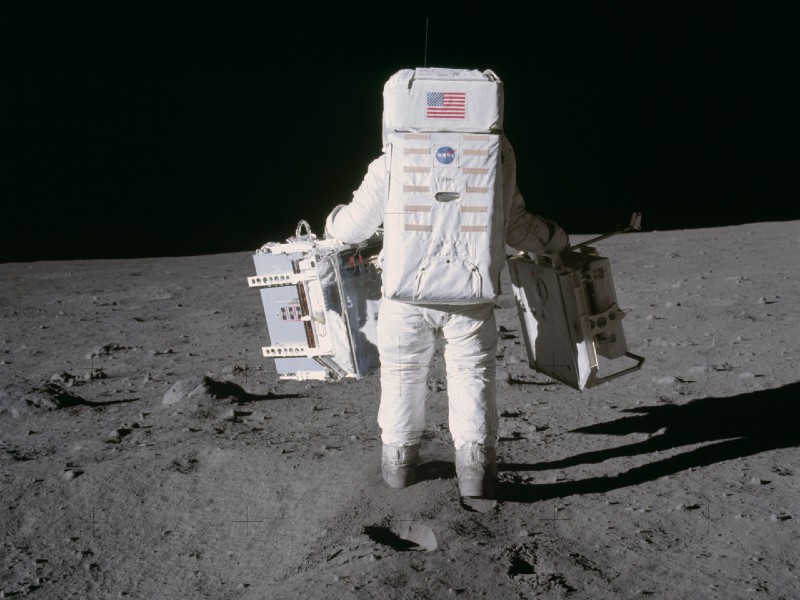July 20, 2021 marks the 52nd anniversary of the first landing on the moon – a moment that forever changed the history of the world and humankind.
July 20, 1969 was the culmination of years of effort and progress toward the singular goal of putting a human on the moon. Every state in the union contributed to the effort and the ultimate success – including Maryland which played a critical and central role in the development of the space program and the Apollo missions.
goddard space flight center
The Goddard Space Flight Center located in Greenbelt, Maryland and established in 1959, was NASA’s first space center and today is the oldest center still in operation. Goddard assumed the lead role in managing the Mercury Project, the nation’s first manned space program and later played a critical role in the establishment of a worldwide communications system to support the later Gemini and Apollo programs. During the Apollo 11 mission to the moon, astronaut Neil Armstrong’s first words from the moon were first transmitted to Goddard – and then on to Mission Control in Houston. Today, the center remains a hub of communications for NASA a hive of activity for the development of tools and resources for the agency’s future interplanetary missions.

The Manned Space Flight Network Control Center at Goddard Space Center in Greenbelt, Maryland. (NASA)
westinghouse moon landing camera
In a research facility near modern-day BWI airport, Stan Lebar, a Westinghouse engineer, led a team of engineers in the development of a camera capable of transmitting images of the moon back to Earth. At the time, most broadcast cameras weighed nearly 400 pounds – when Lebar and his team was complete, the lunar camera weighed just 7 pounds and would ultimately transmit some of the most moving and pivotal images of the 20th century.

Stan Lebar, Maryland-based Westinghouse engineer who led the team which developed the Apollo moon cameras.
Naval air station patuxent river
Established in 1937 and expanded significantly during World War II and the Cold War, Pax River also played a starring role in the development of naval aviators and test pilots who graduated from the school based there. Featured in a new exhibit at the Pax River Museum is naval aviator and astronaut Jim Lovell who went on to serve as commander of the ill-fated Apollo 13.
the lunar laser ranging array
Developed by physicists Doug Currie and Carroll Alley, physicists at the University of Maryland, in partnership with academics from around the country, the lunar laser ranging array is a series of mirrors left on the surface of the moon during the first landing and subsequent missions which allows scientists to acquire precise measurements. The mirrors have yielded countless discoveries and important data, confirming, for example, that the earth’s continents are still moving. The array is set to be upgraded as a component of NASA’s planned return to the moon in 2024.
It took an entire nation to put Apollo 11 on the moon – and Maryland played a central role in this mission to the next frontier.

